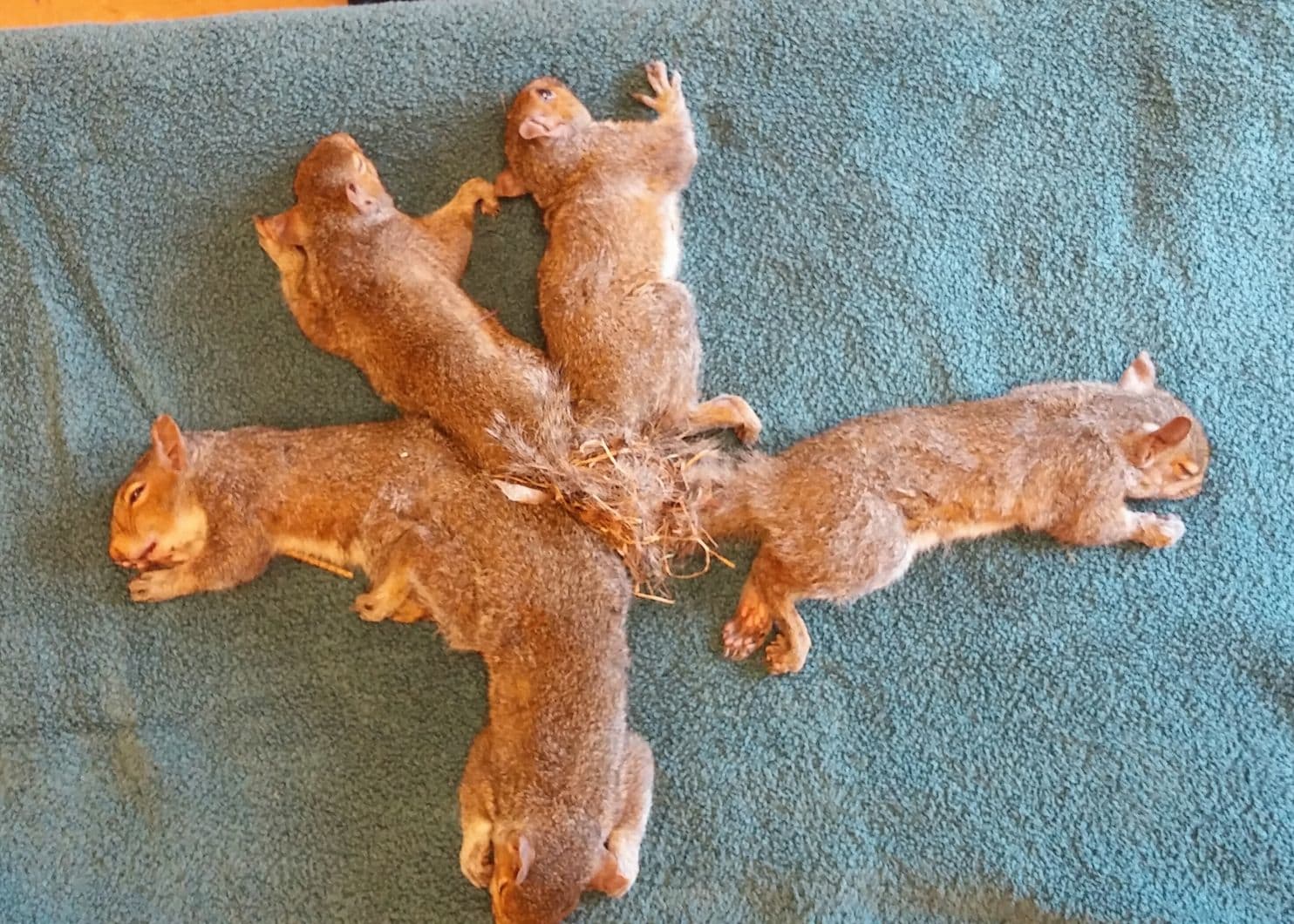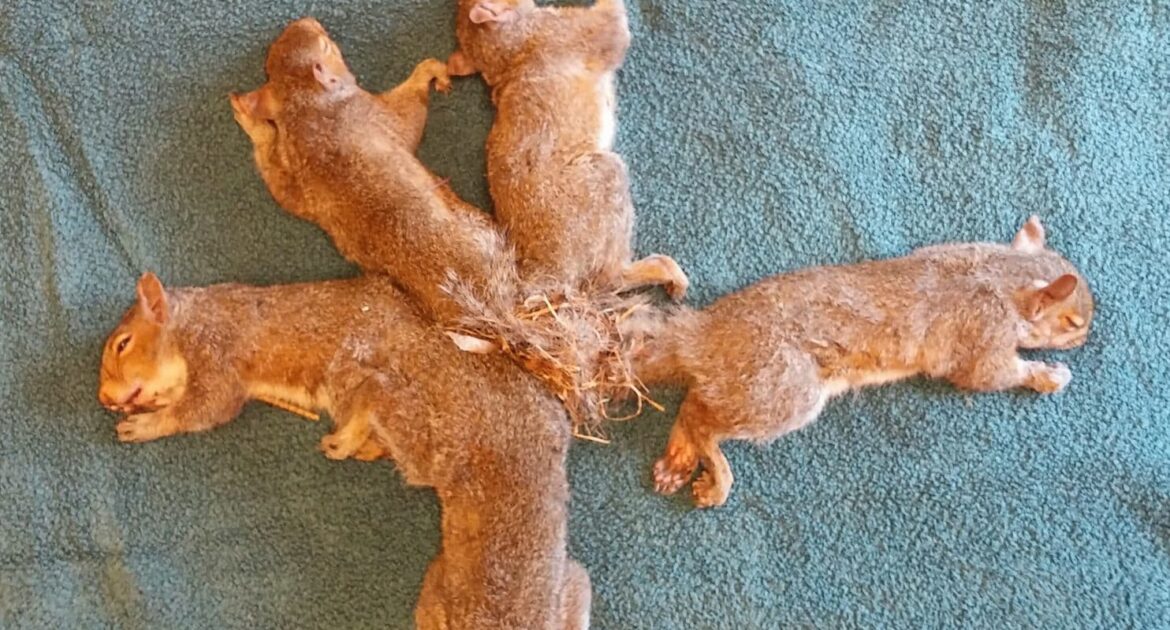It is a sight that will fill you with pity and compassion – a group of young squirrels with their tails matted together. For wildlife experts, squirrel tail fusion is the embodiment of the proverbial Gordian Knot as they are so difficult to fix. It is, however, a challenge that animal control experts in Milwaukee are prepared to handle.
What Causes the Knotted Tails?
Baby squirrels end up with fused tails after spending the time from birth to a few months in the nest (which is called a drey). The material used to build the nest often gets entangled with the tails and merges them together. Over time the situation becomes more complicated as additional material joins the fusion and the fur becomes matted, essentially trapping the squirrels together.
The Impact of Knotted tails on Squirrels
Squirrels in this situation are hampered in their efforts to survive. They struggle to move as each animal has its own ideas of where to go. This means that foraging activities are limited for these entangled squirrels. On top of it all, they are easier targets for predatory animals because of their limited mobility. When forced to huddle together by their connected tails, squirrels are also more visible to predators.
Humane Interventions
Rehabilitation centers have been doing a remarkable job of helping animals such as entangled squirrels to survive. Knotted tails are challenging to separate. For one group of squirrels in this predicament, some tails had lost blood supply for so long that they had to be amputated. Scott Deihl of the Wisconsin Humane Society came upon a case of knotted tails in September of 2018. A carrier containing five entangled squirrels was delivered to him and he undertook the challenge of meticulously untangling the knot which he described as a ‘whirling tangle of fur’. Naturally, the squirrels were agitated and so Diehl had to administer calming drugs to keep them still as he went to work snipping away at the material that had the tails entangled. After twenty minutes of meticulous work, the job was done and the squirrels could now go their separate ways. Skedaddle Milwaukee Owner/Operator, Marcus Mueller shares “I had never heard of a situation like this. It was pretty amazing that the folks at the Wisconsin Humane Society were able to intervene and give these guys a chance to survive. I definitely haven’t seen this situation with larger animals like skunks or raccoons.”
Another more complicated case emerged in Omaha, Nebraska when six squirrels whose tails had been merged by pine tree sap along with other material were found in Elkhorn. This time it was Laura Stastny of the Nebraska Wildlife Rehab who took on the rescue task, and especially since she was working alone, had six squirrels to contend with and did not have the luxury of sedatives to calm the animals. Stastny improvised by gently draping a warm towel around the squirrels (creating what she called squirrel burritos) to keep them calm before getting to work. In the end, she had to remove portions of the tails from five of the squirrels, it took her ninety minutes to free them.
Thanks to wildlife experts like those at the Wisconsin Humane Society and Nebraska Wildlife Rehab animals like these squirrels have some hope. “Rehabilitators make a dramatic impact on the people they interact with and can truly help to foster an appreciation and respect for wildlife. They help to build a more educated public and provide resources and opportunities for members of the public to interact positively with wildlife.” explains Marcus. In addition to physically intervening in cases where animals are facing difficulties, they also embark on routine public education drives and sensitization campaigns geared at encouraging Wisconsin citizens to be more empathetic in their approach to wildlife animals. The success of these sensitization efforts is reflected in the regions use of humane animal control methods to keep Milwaukee properties free of unwanted wildlife presence. The work done by these individuals increases the survival rate for many species and individual animals in the wild.




